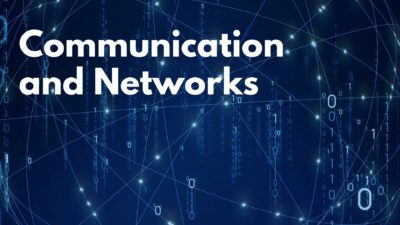The National Institute of Standards and Technology (NIST) Communications Technology Laboratory (CTL) is leading groundbreaking research in quantum communications, computing, and networking. Their work focuses on three key areas:
1. Quantum Sensing: CTL is pioneering the use of Rydberg atoms, which are highly sensitive to electric fields, for various applications including communications, materials analysis, and fundamental physics research. This work has the potential to revolutionize these fields.
2. Quantum Computing: CTL is advancing superconducting quantum computers through precision measurement and control. They are developing tools and techniques to improve qubit readout, control operations, and error correction. CTL also houses the Flux Quantum Electronics Project, which focuses on developing cryogenic superconducting circuits based on Single Flux Quantum (SFQ) technology, and the Mega-Qubit Innovations in Measurement Science program that tackles the challenge of precisely measuring and controlling the behavior of superconducting circuits that can lead to scalable quantum computing.
3. Quantum Networking: CTL is developing the fundamental building blocks for quantum networks, including quantum channels, transducers between the microwave and optical domains, routing protocols, and entanglement resources. They are also investigating and validating technologies for creating, transmitting, and measuring qubits, the basic units of quantum information.
CTL’s research is essential for the growth of quantum technologies and will lead to significant advancements in quantum computing, enabling the development of larger, more powerful, and more reliable quantum computers.
Source: https://www.nist.gov/news-events/news/quantum-research-ctl
Keywords: Quantum, Metrology, Standards, Entanglement, Qubits



